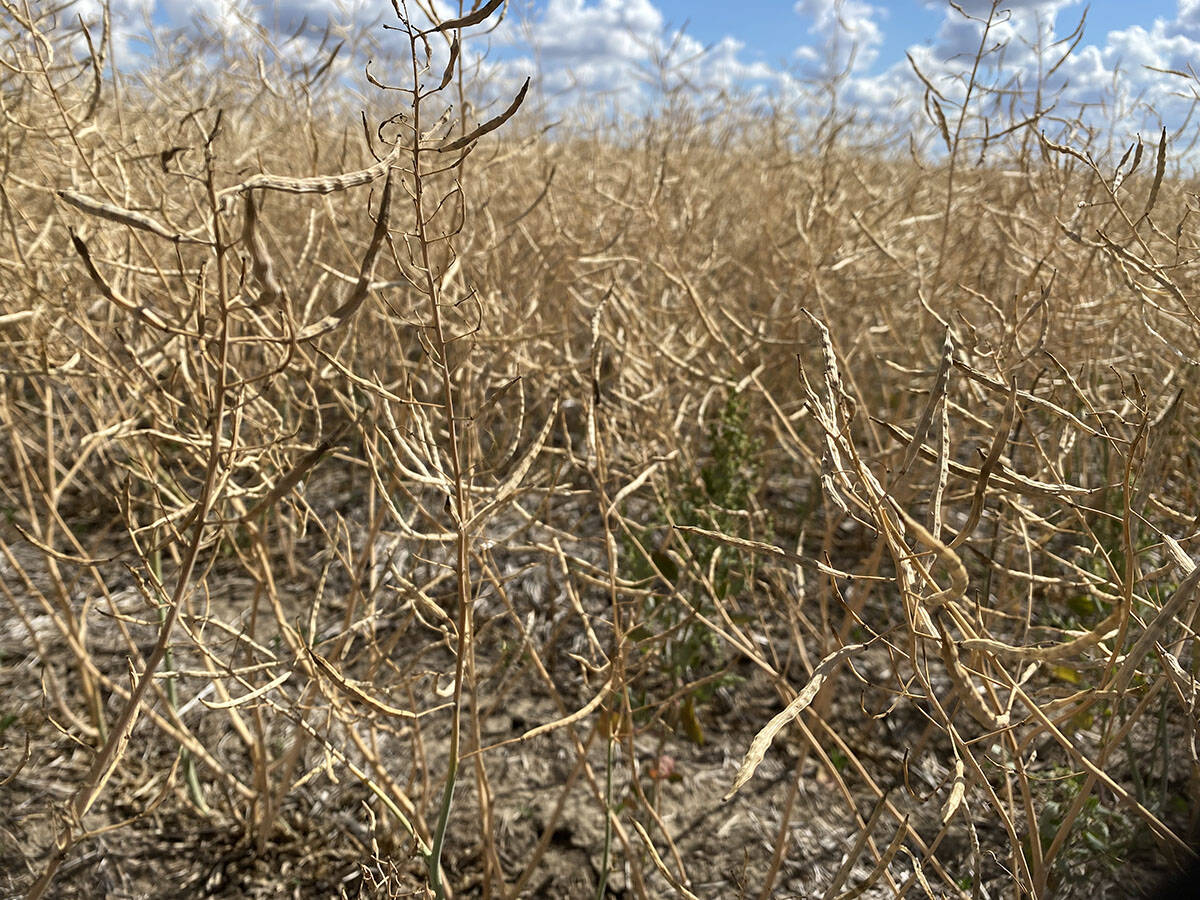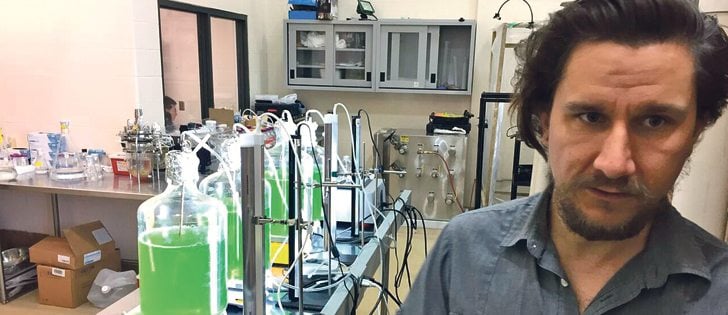Why would you ignore a 50 cent to one dollar premium per bushel for a crop?
When it comes at too high a price of inputs, fuss and bother. And when it causes lots of extra headaches and juggling.
That’s what a Manitoba soybean grower was telling me about why he’s phasing out of non-genetically modified (GM) soybeans and phasing into GM soybeans. The premiums are just too small for the pain-in-the-backside non-GM crop.
“You get a premium for them, but the hassle factor’s a lot higher,” this eastern Manitoba farmer told me last Friday, as he got his seeder ready for whenever it warms and dries up enough to get out there.
Read Also

Crop insurance’s ability to help producers has its limitations
Farmers enrolled in crop insurance can do just as well financially when they have a horrible crop or no crop at all, compared to when they have a below average crop
“With Roundup Ready, holy man! You can just put them anywhere there’s weeds and it cleans everything up. It’s almost like a rescue treatment. If you’ve got a dirty field that’s what you grow.”
Recently the “Union of Concerned Scientists” – which does not necessarily represent the views of mainstream crop scientists – concluded that GM corn and soybeans don’t yield any better than conventional varieties. GM crop developers and manufacturers of inputs hotly contest this charge, saying the organization used bad data and made false conclusions that any farmer – see real world results – would reject. The Union of Concerned Scientists also found a bunch of other reasons why GM crops are a Bad Thing.
Regardless of the yield debate, this one grower I spoke to while visiting his farm offered a chance for me to get a snapshot view of how the real market that farmers live inside is much different than anyone’s theoretical construct, and that farmers are constantly balancing a welter of factors in making their decisions. Farmers aren’t stupidly planting GM crops, even when non-GM premiums exist. (I’m not saying there isn’t a place for dedicated organic growers. I’m talking here about non-organic farmers.) They’re doing it for a reason that makes them money.
This grower told me that not only are costs lower with the GM soybeans – fewer field operations and fewer pesticides used – but he doesn’t have to worry where he’s going to plant the crop. There are already so many rotational factors involved in choosing when to seed an oilseed crop, the last thing a farmer like him needs is to also have to worry about whether that field is too weedy. After growing the RR soybeans, the field’s a lot cleaner for whatever he follows the soybeans with, so instead of soybeans being the touchy crop, they become the one that tackles the questionable land. He’s able to manage all his crops better when he doesn’t have to spend as much time on the soybeans. That equals money in his pocket.
For that, he’s willing to give up the non-GM premiums, in a living proof that top dollar isn’t always the top concern in the real world marketplace of farmers. This grower isn’t necessarily giving up non-GM soybeans, but he’d need to be offered much better premiums for it to be worth his while.
















